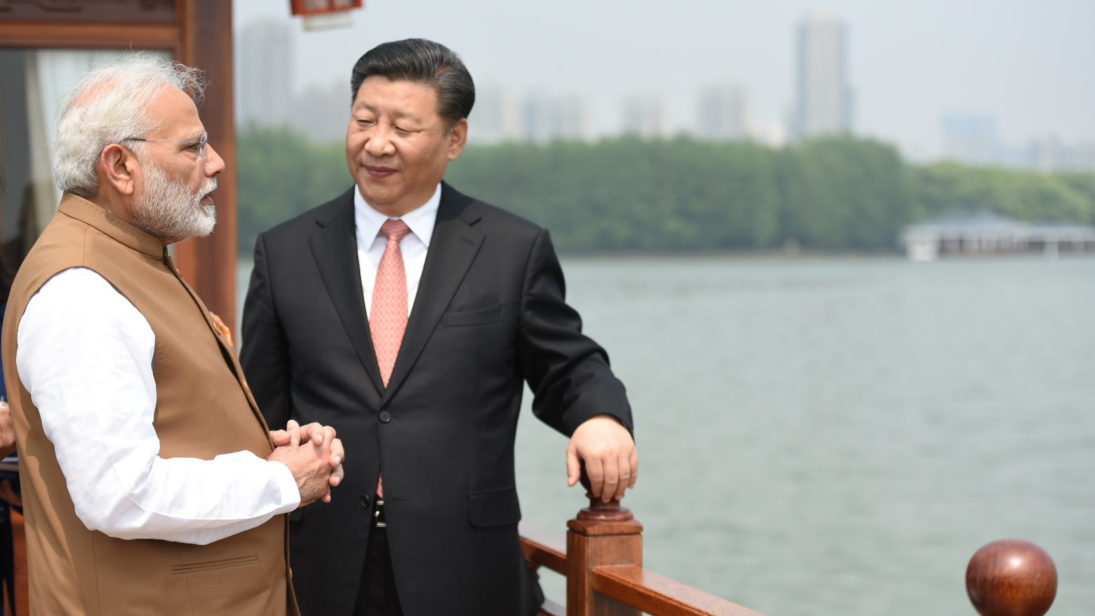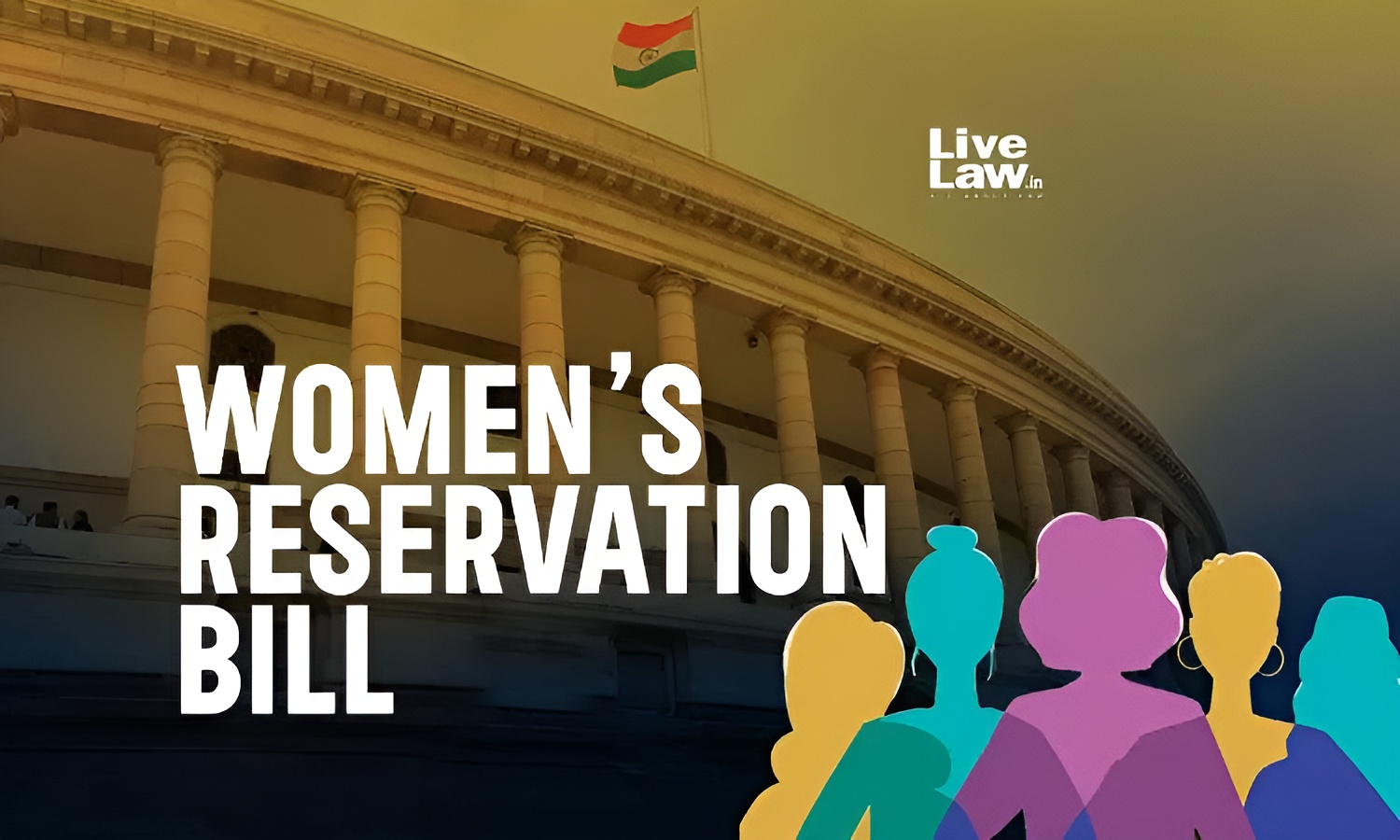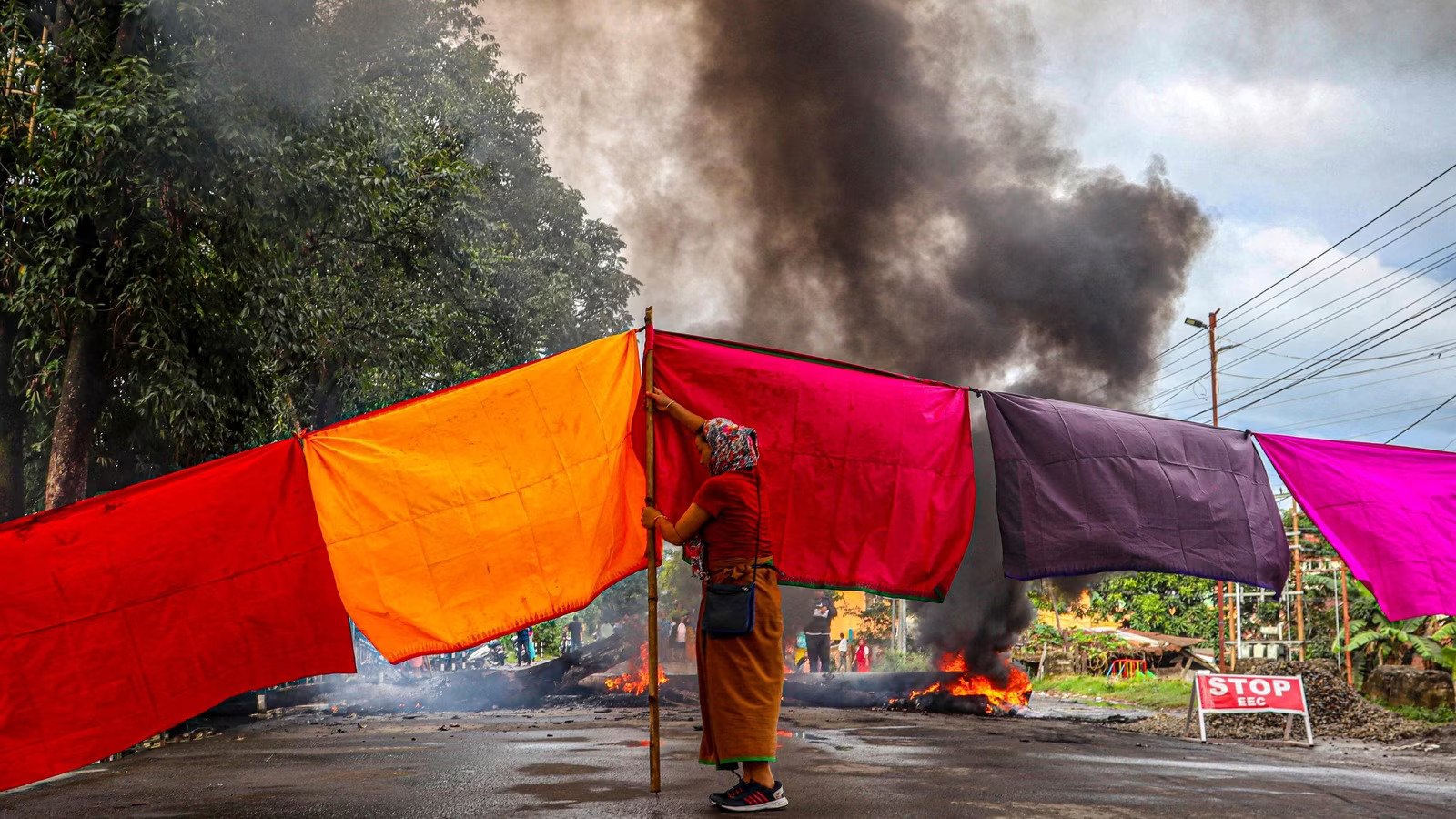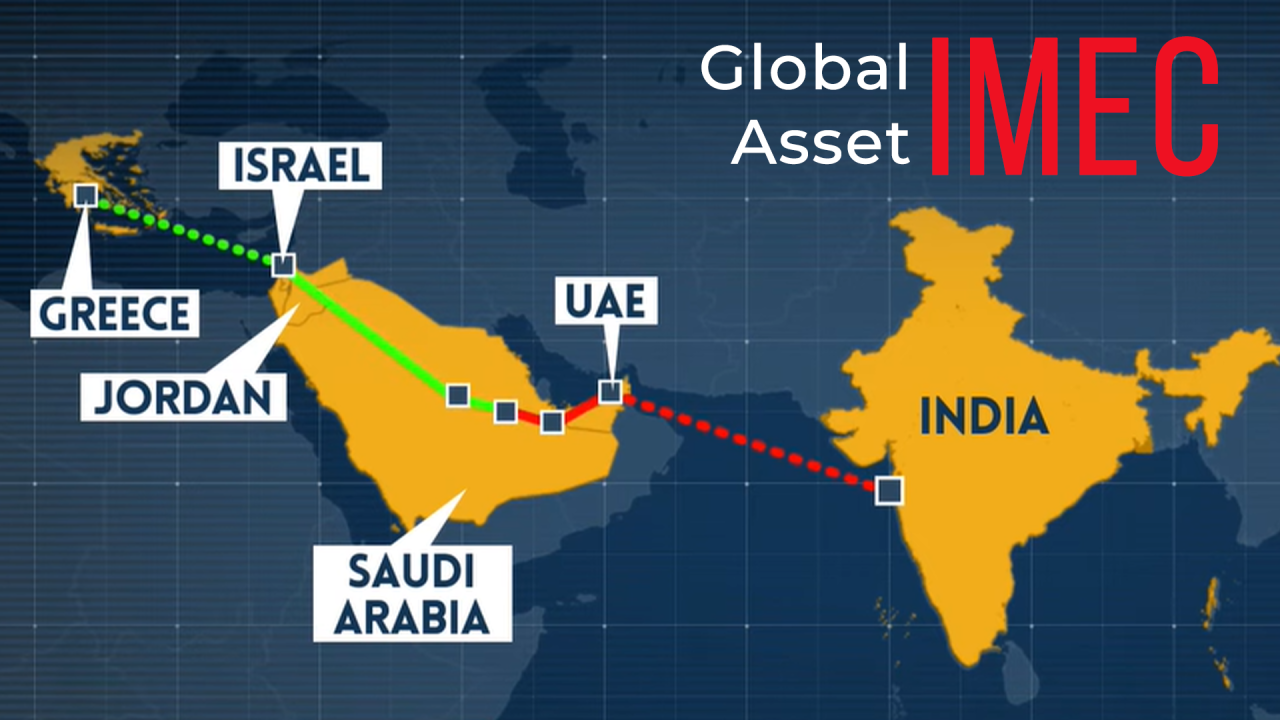India and China, two of the world’s most populous countries, have recently seen a worrying change in their diplomatic ties. The deep freeze has replaced the previous characteristics of cautious cooperation and economic interdependence. The relationships between these Asian powers have been strained by continual border disputes, military confrontations, and economic rivalry. Investigating the causes of the severe thaw in India-China relations and its effects on both nations and the world is only logical.
One of the last chances for a breakthrough between Prime Minister Narendra Modi and his Chinese counterpart Xi Jinping was destroyed when Xi Jinping did not attend the G20 summit last week in New Delhi. Since the Galwan conflict in June 2020, bilateral relations between China and India have been in a deep freeze, which raises the following fundamental query: Was Galwan a turning moment in the state of the relationship or merely another standoff at the line of actual control (LAC)?
Since the 1970s, cooperation and competition have been a repeating motif in the India-China relationship, with one of the features serving as the focal point at various points. The significance of the Galwan event, on the other hand, resides in the fact that it was the first act of violence after the 1993 Border Peace and Tranquility Agreement (BPAT) was signed.
It demonstrates that the relationship cannot be managed by the institutional framework that currently exists, and the fact that the disagreement has not been resolved even after three years demonstrates that neither party is willing to compromise politically. China’s insistence on placing the “border question” in the proper context of bilateral relations and India’s counter-position that the relationship is “abnormal” until the border standoff is resolved reveal completely different views on how to move the relationship forward on both sides. This difference was caused by various structural causes rather than the leadership’s individual judgment on either side.
The triangle of the US-India-China framework is one lens through which to view the Sino-Indian relationship. In its great power rivalry with the US and USSR during the Cold War, China’s first priority was to guarantee Indian neutrality. China’s main goal following the fall of the Soviet Union in 1991 and the onset of the unipolar era was to safeguard its periphery in order to thwart any potential US attempts to bring about a regime change in China. This led China to interact with India via the 1993 BPAT.
China’s geopolitical objective has shifted from safeguarding its periphery to increasing its influence now that the US unipolar moment has passed and China herself has emerged as a pole in a direct contest with the US for global hegemony. China’s increasingly antagonistic behavior in its territorial disputes with its neighbors, whether they be the Philippines, Vietnam, or India, serves as an example of this.
The Sino-Indian case, however, stands out because of India’s professed preference for multipolarity. Additionally, India has the rare ability to function as a swing state in Sino-US competition given the size of its territory, people, and economy. Bejing’s refusal to see India as a free actor is the main issue that has hindered Sino-Indian ties. Since the 2017 Doklam crisis, China has continued to treat India as a piece on the global chessboard rather than as a partner with whom it can have meaningful interactions. This is shown in the patronizing rhetoric that has come out of China since that time.
This has led to a rather contradictory scenario where India thinks that in order to strengthen its bargaining position with China, it must align itself more closely with the United States. China, in turn, sees this closer convergence as supporting its belief that India is not a player with its own independent interests. India, unlike Japan or South Korea, is reluctant to establish any treaty relations with the US due to its policy of “strategic autonomy”. The “hedge” that India is pursuing, meanwhile, is increased engagement with the United States, given its steadily deteriorating relations with China.
India has committed its geopolitical resources to turning the acronym “QUAD” into a “summit level” organization. India has made the “Indo-Pacific” construct the focal point of its Indian Ocean strategy in the marine sphere. China views the “free and open Indo-Pacific” as yet another US-instigated attempt to contain China in the Indian Ocean by taking advantage of its vulnerabilities along choke points like the Strait of Malacca, despite Prime Minister Narendra Modi’s explicit description of the “Indo-Pacific” as a geographical construct.
If a modus vivendi is formed between China and the United States as a “G-2” with both economic juggernauts dominating international events, this Indian technique of “hedging” has its own drawbacks. When Barack Obama was the president of the US, President Xi brought up the G2 idea, but little came of it. However, if renewed, the US’s support for India might decrease. China, for its part, is also taking a chance by maintaining a heated LAC, given that it may find itself in a “two-front” position because of the unstable conditions in the Taiwan Strait and the Himalayas.
The world, especially the developing world, cannot afford another theater of war in Asia given the terrible effects of the lengthy Russia-Ukraine confrontation. This calls for China to be willing to engage in constructive dialogue with its neighbors in addition to reducing its aggressive stance. In presenting its territorial integrity as “non-negotiable” and expecting other nations to consider Chinese incursions on their boundaries from a “proper perspective,” China’s own position contains an inherent contradiction. China’s territorial conflict with India and its dispute in the South China Sea are examples of this arrogant approach.
The India-China policy has its own drawbacks. For instance, the trade gap with China is soaring despite much rhetoric. To ensure an even distribution of economic relationships, fundamental reforms should take the place of knee-jerk reactions like banning Tik-Tok.
India and China have much more in common than they have differences. For instance, both have opinions that are pretty similar when it comes to climate negotiations, IMF reforms, etc. Prime Minister Modi and President Xi both emphasized the value of “strategic communication” at the summits in Wuhan and Mahabalipuram in order to prevent “differences from becoming disputes.” Since the world is big enough to support both China’s and India’s objectives, this strategy must be put into practice.
Relationships between India and China have entered a deep freeze that is characterized by unresolved border issues, economic rivalry, and geopolitical conflicts. The consequences of this tense relationship are extensive and might have an effect on world diplomacy, regional stability, and the new world order. To prevent further escalation and promote collaboration for the sake of the area and the world, both countries must find a means to resolve their issues through communication and diplomacy.








